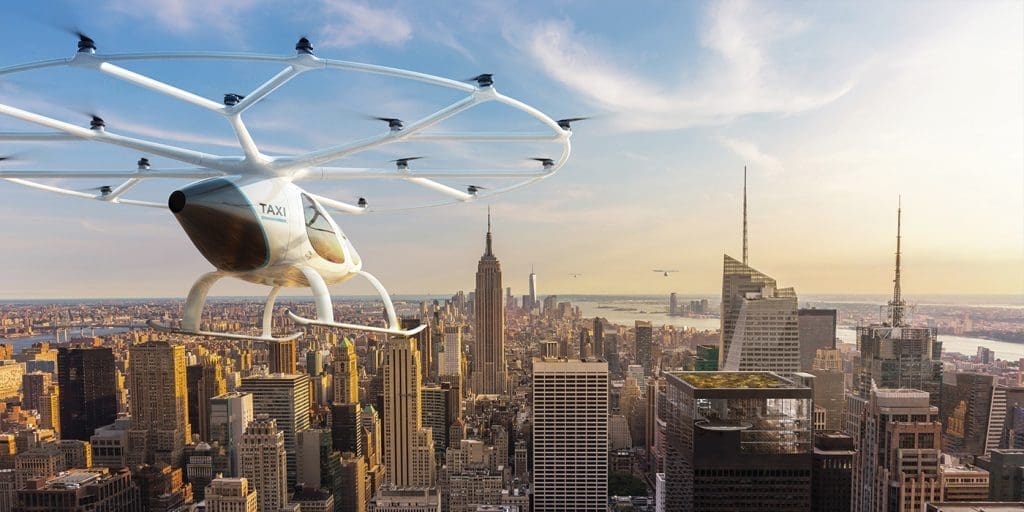Uber In The Sky – Volocopter
The race to monopolize a niche is something you’ll consistently see in business, and right now, the race to become the first to offer flying taxis has seen names like NASA, Uber, Airbus and Boeing enter the foray in the hopes to get passengers in the sky first. One name that has been working hard in the shadows is Volocopter, a German aviation company that bases its vision around transport hubs peppered across urban centres that it claims will move tens of thousands of passengers daily.
Volocopter works around two important concepts – VoloPorts and Volo-Hubs. Volo-Hubs are akin to say, cable cars, where the company’s two seater VTOLs (Vertical Take-Off and Landing) take off and land at station pads every 30 seconds. After landing once passengers have disembarked, the Volocopter’s batteries are swapped out, ready to take the next lot of passengers to their desired destination. Volo-Ports on the other hand, are essentially taxi-stands that offer direct access to places such as company offices, malls, hotels or train stations.

The Volocopter is fully electric and completely autonomous, featuring stable flight control to allow for nimble navigation around tall buildings and skyscrapers. Volocopter projects that its air taxi system will be fully implemented within the next 10 years, and, at its peak, will move 100,000 passengers per hour.
“We expect any air taxi transport system to begin with a point to point connection and over time grow into a system of dozens of Volo-Hubs in a city.” says Alex Zosel, Co-Founder of Volocopter. “Once operated at scale, flying won’t be significantly more expensive than taking a cab, but it will be significantly faster.”
With numerous companies focused towards conquering the urban skies, it seems we’re destined to be riding around in air-taxis, it all just depends which business and service takes off first.

